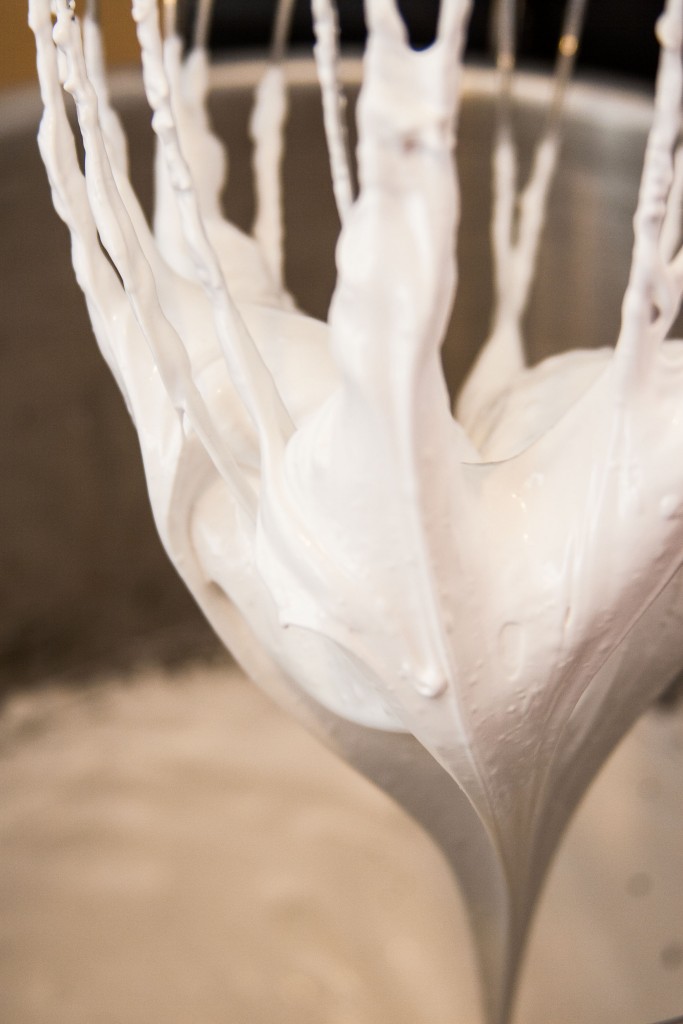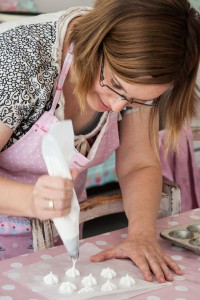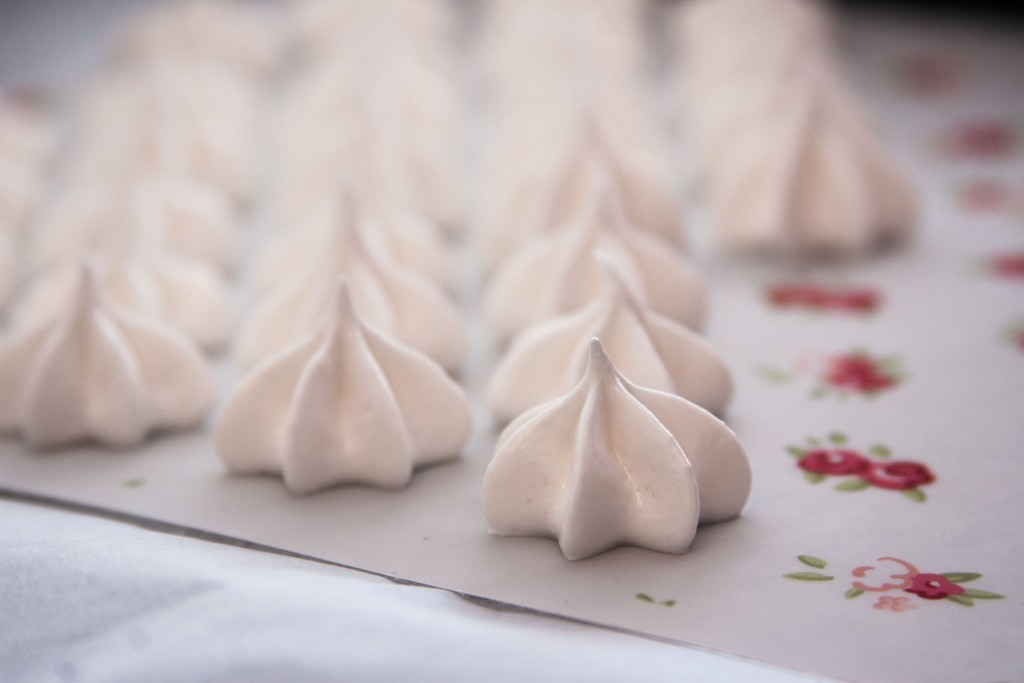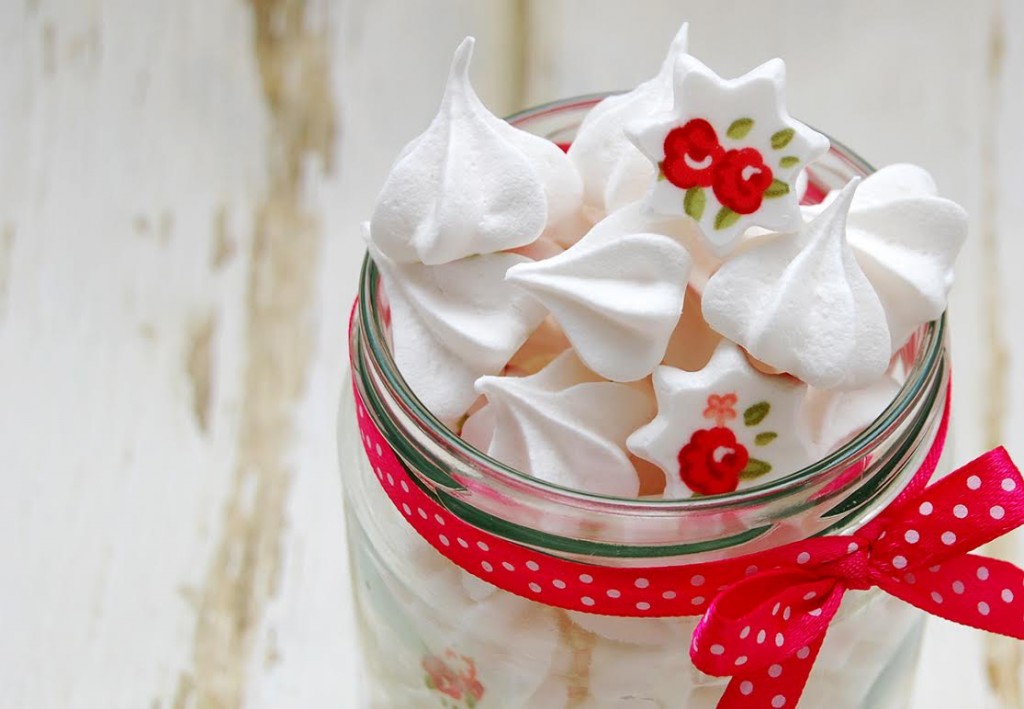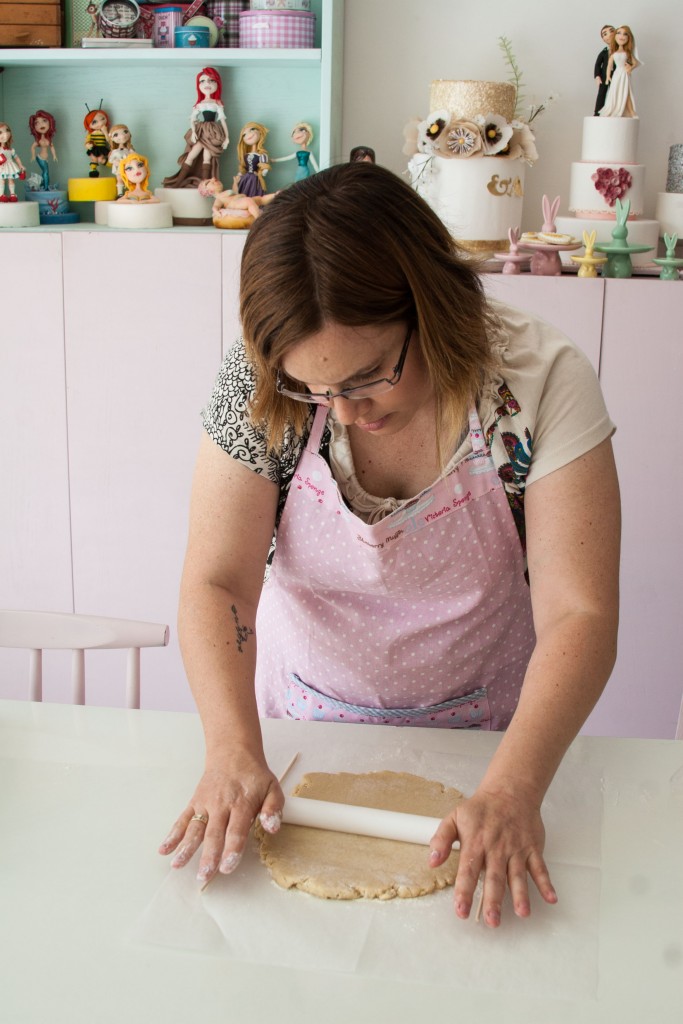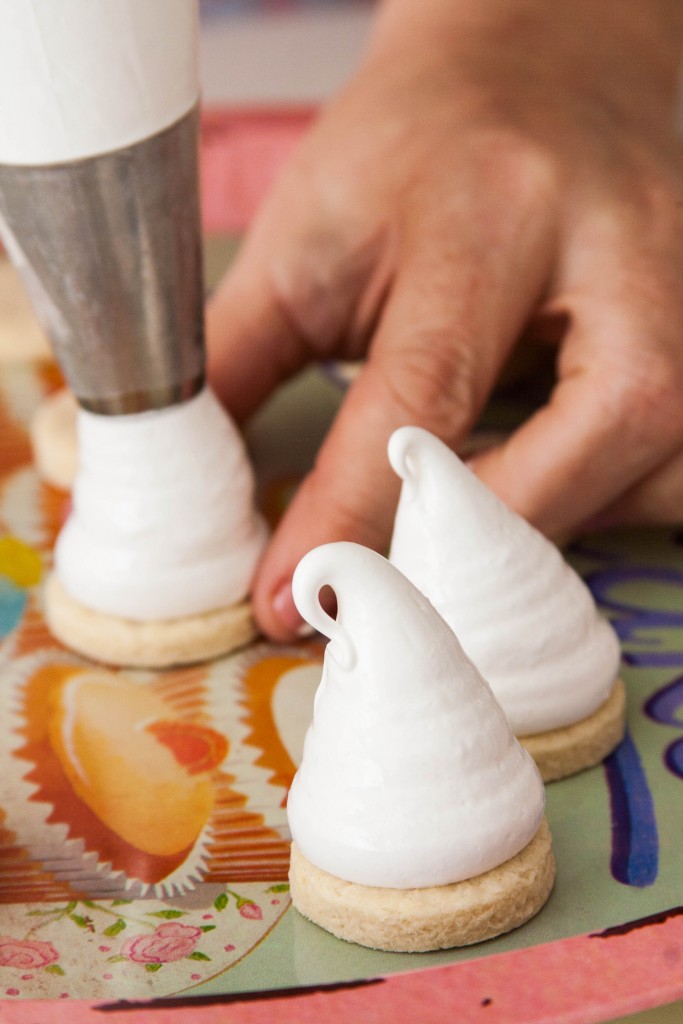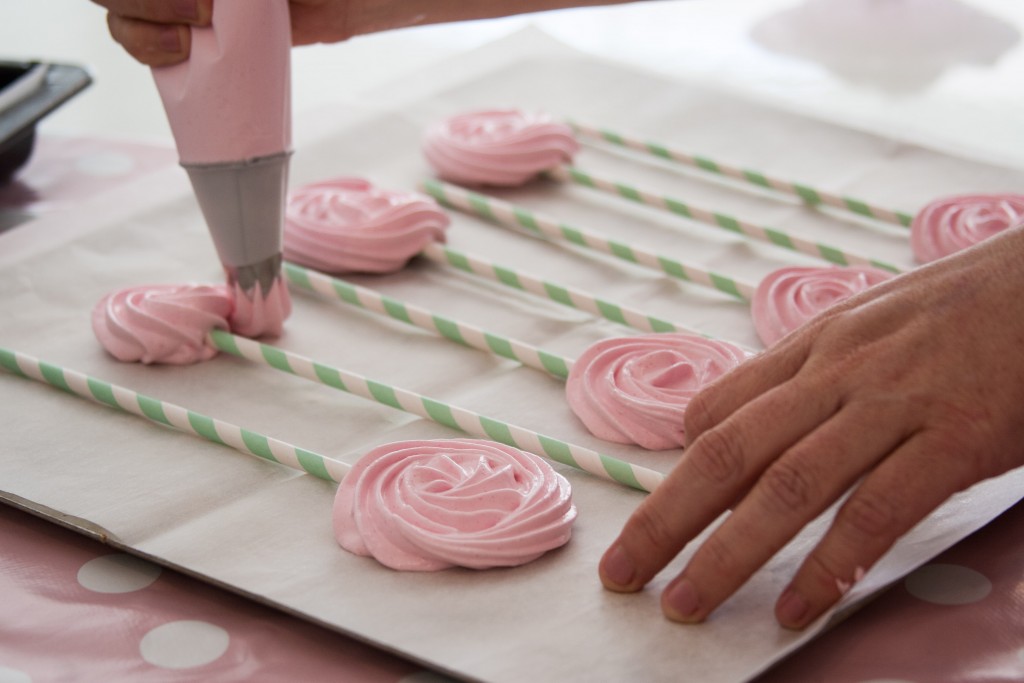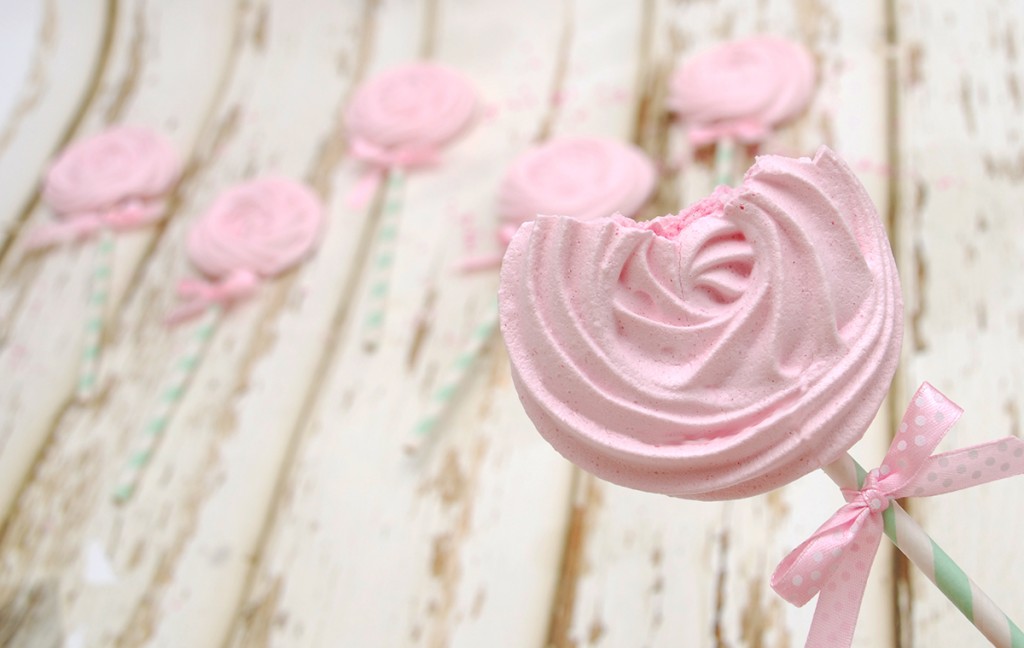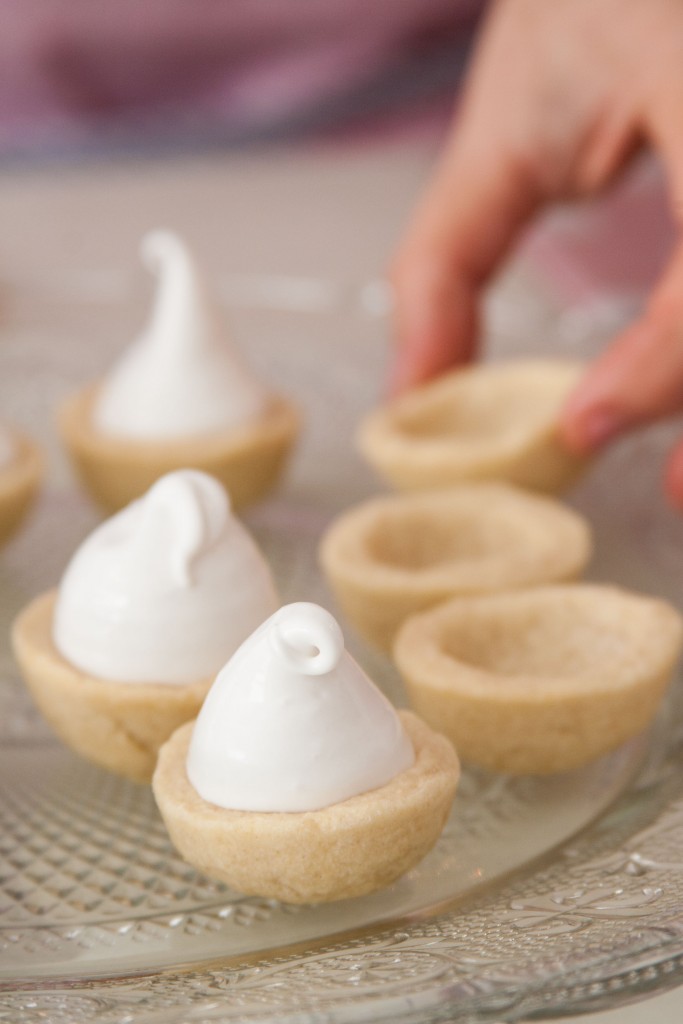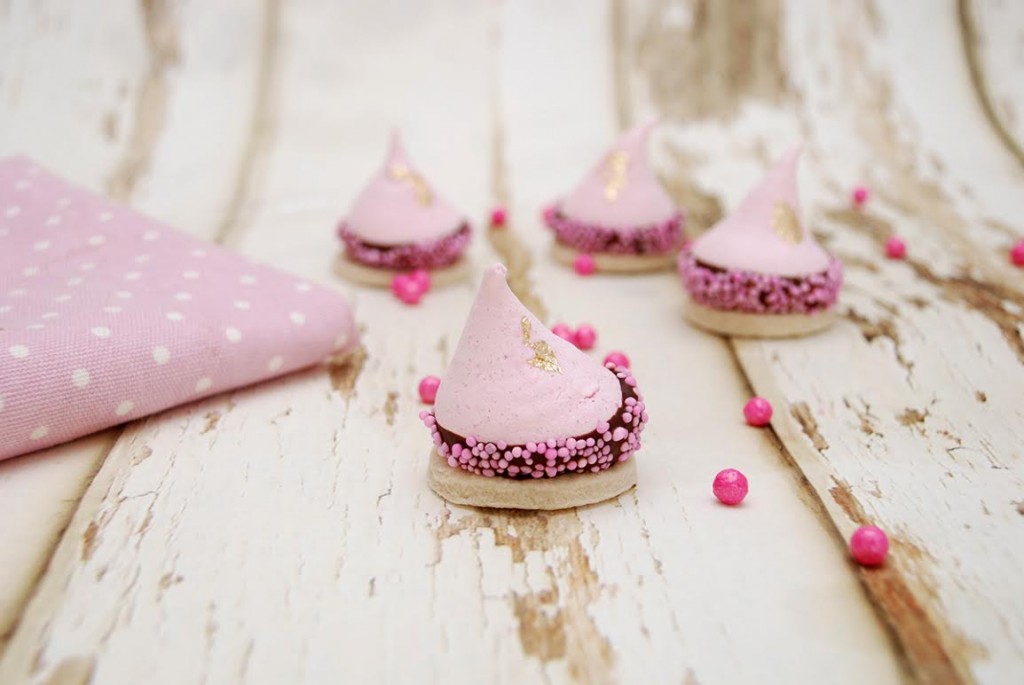
Vegan Meringue: The Complete Guide to the Foam that's Taking the World by Storm
As increasing numbers of people avoid eggs and the food industry continues in its constant search for substitutes, it turns out the secret was hiding all along – in the canned food aisle. I met pastry chef Galit Zingman to whip up some delights, and came back with some great recipes.
For more vegan recipes in English
The bomb was dropped on Facebook several months ago, when an American vegan cook posted in the fun group "What Fat Vegans Eat" and revealed his exciting new recipe – he managed to make meringue (foam of egg whites) without eggs! Shockingly, the secret had been innocently hiding in the canned goods section of the supermarket. Actually, Goose Wohlt watched a video by Joël Roessel who was probably the first to discover the power of chickpea water and all he did then was to take home a can of chickpeas, drain the water into a bowl and put the chickpeas aside. He whipped the chickpea water (yes, the water in the can) along with sugar, and got a stable, light, and thick meringue that could replace egg white meringue in virtually every recipe.
The astounding discovery took the web by storm, designated vegan meringue groups popped up worldwide, and vegan cooks bombarded the net with wonderful photos of mouth-watering desserts. The wonderful liquid quickly took on the international name "aquafaba", but I simply call it "protein water". During the process of cooking chickpeas (or any other large legumes, like beans, by the way), their excellent proteins are released into the water, and this liquid becomes a wonderful base for whipping into a cream.
What do we do if we don't like the canned option and prefer to use homemade protein water? In my experience it's entirely possible, but since the chickpeas spend a very long time in the canned water, they are higher in protein content and the results are more consistent and the meringue more stable. You can make your own homemade protein water (simply cook chickpeas for a long time without adding anything, then significantly reduce the level of water), but bean in mind that the meringue may not be as stable and your result may not be as precise.
In any case, since this incredible trick was revealed, it has been tried successfully in any number of recipes: in cakes, where it replaced egg whites, pancakes that were especially airy, mousses, and even mayonnaise. We can make all of these in wonderful vegan versions without needing the protein water, but what about meringue itself? And the Israeli "Krembo" delight? And what about macaroons? Apparently, this amazing foam enables us to make them even better tasting than the original versions.
I'll admit it, I too was captivated by the magical meringue, but after a few pretty-good efforts, I realized that I would need a guiding hand to help improve my recipes and achieve results that were truly outstanding, like I had seen in beautiful photos posted by my friend, the pastry chef Galit Zingman. I first came across Galit's amazing talent when I came to lecture on Veganism at the village of Zur Itzhak, where she surprised me with an incredible work of fondant art (vegan, of course) she had made. That's how I discovered her very sweet vegan friendly studio "Nemashim – Cake Adventures" where she makes beautiful cakes and holds fondant workshops. Galit immediately rose to the challenge, and we had a fun-filled afternoon at her studio, and here are the results.
Vegan Meringue: A Few Tips for the Beginner
1. Choose a can – the brand name may affect the result. My current recommendations are either Shufersal or Pri Galil.
2. Each can yields 250 ml of protein water.
3. Be patient – do not cut back on the time needed to beat. The meringue must be shiny and very thick (almost a paste) and not to airy, otherwise the meringues may "collapse" or have a large air pocket in the middle.
4. Anything you add is significant – the lemon helps stabilize the meringue as does the corn starch, which also helps drying.
5. The meringue may be stored for a day or two before using it. After 24 hours it will usually fall apart, all you have to do is put it back into the mixer and beat again.
Aquafaba Meringue – The Basic Recipe
You can use this meringue to make small white meringue kisses (or colored ones, if you add food coloring), as well as a base for pavlova, of course. Follow the instructions carefully to achieve the perfect result.
Ingredients for 150 small meringue "kisses"
125 ml. aquafaba
200 grams white sugar
1 tbsp lemon juice
1 tsp corn starch
1 tsp high quality vanilla extract
1. Pour aquafaba into mixing bowl and beat at high speed until the liquid becomes stabilizing (you can see the beater making fine stripes in the liquid)
2. Only then, begin adding sugar gradually (2-3 times) and continue beating for about 10 minutes. Just at the last minute, when the meringue is really stable and about to stick to the bowl, add the lemon, corn starch, and vanilla extract, and continue to beat just a little longer. The texture should be almost paste-like.
3. Heat oven to 70-80 degrees (Galit uses her "turbo" function)
4. Put meringue in a piping bag with round or jagged nozzle and squeeze onto baking sheet.
5. To make the beautiful patterns like those in the photo, squeeze the meringue onto special edible drawing paper that stick to the bottom of the meringues as they bake. You can buy these drawings at specialty stores.
6. Bake the kisses in the oven for 2.5-3 hours, until they are completely done and are easily removed from the baking sheet.
7. Remove from oven, let cool at room temperature and store in sealed container.
A Vegan "Krembo" with Aquafaba Meringue
"Krembos" are an Israeli sweet consisting of a cookie base, topped with a creamy filling and coated in chocolate. I have tasted and made several versions of vegan krembos, but this version beats them all in terms of its wonderful texture, and it's totally worth the effort (actually, it's not as difficult as it seems). The only difference between this version and the one you know is that this one has to be kept in the freezer (and may be served directly from there). Notice that within this delicacy is a great recipe for crunchy cookies that you can make in shapes and flavors with the kids.
Ingredients for Cookies (60 cookies, 4 cm diameter)
1/3 cup margarine or coconut oil (preferably the neutral kind)
4 tbsp sugar
1 1/2 cups flour
1 tbsp canola oil
1/3 soy milk or any other plant-based milk
Variations on the cookies:
To give them an orange flavor, replace plant-based milk with orange juice, and add some lemon zest
For chocolaty cookies, substitute 1/4 cup of flour with cocoa powder
For tehini cookies, replace canola oil with 1 tbsp tehini
For oatmeal cookies, add 2 tbsp oatmeal, and instead of using cookie cutters, roll into balls and flatten onto baking sheet
For Cream filling (makes 30 small krembos)
1 cup + 2 tbsp sugar
1/4 cup water
1/2 cup aquafaba
1 tsp fine vanilla extract
For chocolate coating:
200 grams high quality dark chocolate
1 tbsp canola oil
Preparing the cookies:
1. In mixing bowl, place margarine or coconut oil and sugar, and mix using the baking hook until achieving a creamy texture.
2. Add flour gradually, until the mixture is crumbly. Add milk and oil, and continue to mix until the dough is even. If necessary, add 1-2 tbsp of plant-based milk.
3. Flatten dough into disk, wrap in cling wrap (or put in plastic bag) and store in refrigerator for 30 minutes.
4. Remove dough onto work surface that has been lightly floured, and roll into a thin sheet (3-4 mm thick). The dough may crack slightly at the edges – this is fine. To achieve a uniform thickness, I recommend putting two wooden skewers at each edge of the dough, and this keeps the rolling pin at an even height on both sides.
5. Place sheet of dough in the freezer (you can put it on a pan) for 3-4 minutes.
6. Using a cookie cutter, cut circles and place on pan lined with baking sheet. Collect all remaining dough, roll again and make some more circles.
7. Bake in hot oven for about 10-12 minutes, until the cookies are golden and done. If you want them to have a stronger hue, increase temperature slightly. Remove from oven and set aside to cool.
Preparing the cream:
1. In a small pot, put water and sugar and bring to a boil. Continue to heat until the syrup is 121 degrees. If you don't have a thermometer, the cooking time is seven minutes after the boil, until the bubbles become very small.
2. When the sugar syrup is almost ready, begin beating aquafaba at a high speed until achieving an airy foam.
3. Remove syrup from flame and pour into mixing bowl while beating the meringue, in a thin stream on the side of the bowl (so that the boiling syrup does not come into direct contact with the foam, but rather cools slightly), until the sugar is completely immersed in the foam.
4. Continue beating for another 10 minutes, until achieving a thick, stable foam at room temperature. Add vanilla extract and continue beating until it is completely blended into the meringue.
5. Place meringue into piping bag and squeeze onto the cookies. Store krembos in the freezer for at least one hour before coating with chocolate.
Prepare Coating:
1. Melt the chocolate in a small bowl placed over a pot of boiling water (Bain-Marie), or in the microwave. Add oil and mix well.
2. Dip krembos into the melted chocolate so that they are completely covered on all sides, and place on pan. Return to freezer for a few minutes, until the chocolate cools and stabilizes, and serve.
Meringue Roses on a stick
Take the meringue and add a drop or two of pink food coloring. Stir gently until the color is evenly spread throughout the meringue. Return meringue to mixing bowl, and beat again until it stabilizes again.
Take cardboard straws (available in party supply stores and the likes) on baking sheet, and at the edge of each straw, squeeze a drop of meringue, so that it sticks to the baking sheet and does not roll away.
On top of that end, squeeze a "rose" of meringue, and proceed to do so for all the straws.
Bake at oven that has been preheated at 80-90 degrees for 2.5-3 hours. Remove and let cool at room temperature.
Cookie cups with krembo filling
Make the dough like in the krembo recipe, but create circles that are slightly larger (6 cm). The same amount of dough will yield about 30-40 cookie cups.
Place dough in cupcake tins and bake according to instructions.
Let the cookie cups cool. Remove from tins and fill with cream.
Topping a Cookie with Meringue
Prepare mini-kisses with a round nozzle, according to recipe
Make regular or flavored cookies, according to recipe
Melt chocolate for coating, like in krembo recipe, and dip the bottom of the "kisses" in it. You can decorate with little candies. Let chocolate cool.
Squeeze a bit of chocolate onto each cookie, and use it to stick the "kiss" onto the cookie.
תגיות: meringue, aquafava, dessert, sweet
קטגוריות: Israeli Vegan Recipes



